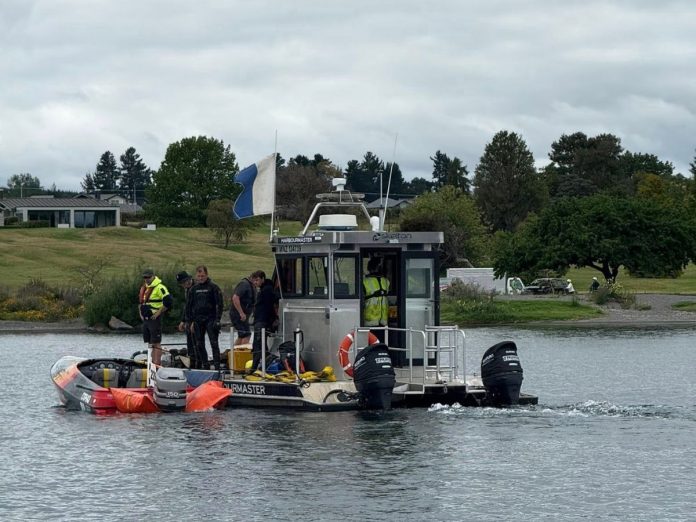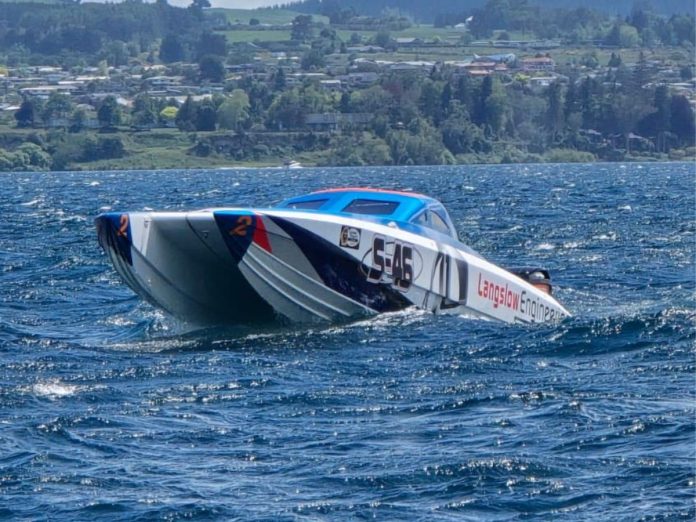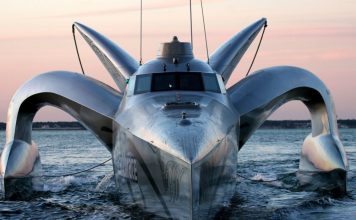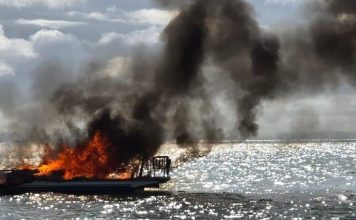There are many different hull designs and shapes, derived and refined largely as a result of trial and error in modifications and testing. Today, technology is much improved, allowing many new theories to be tested using AI in the digital world before prototyping and real-world testing is employed. At the highest level we can compare the softness in ride and rough sea performance of a steeper vee hull to the harsher ride of a plank or pad-vee hull in the same conditions. This is on a very high level, rule-of-thumb basis, as many manufacturers add further features into their hull design to improve pad-vee hulls’ performance in rougher conditions – a pad hull is a monohull boat with the lowest point of the vee hull flattened off to form a flat plank or pad for the hull to balance on.

The concept behind pad hulls has been long explored and has proven itself in numerous craft intended to reach maximum speeds in calm to moderate conditions. The idea is that the pad allows for more planing surface aft so the hull can sit up on the pad, lifting more of the vee portion out of the water, and thus reducing drag and increasing speed.
The shape and design of pads is a contentious topic, with many owners spending a great deal of time and money flipping their boats over to work on the pad and its shape. The shape and size of the pad in relation to the form and deadrise of a hull is one of the most important factors in a hull’s performance characteristics. A hull with a steeper deadrise will generate more lift at lower speeds than it’s equivalent with a shallower deadrise. However, this needs to be compared to its performance at speed where a hull with a shallower deadrise and a pad at the base of the hull creates more lift at higher speed, reducing wetted area and minimising drag.

Optimisation of the vee-pad design is the goal across all racing codes. A proper examination of the type of event and typical water conditions allows racers to better pick a hull shape to suit their requirements. Many delve deeper into optimising their hull’s performance, going as far as blueprinting their hull, a process where any imperfections – found using straight-edges – are removed, filled, faired or improved. In blueprinting a hull, many owners look to remove hook and rocker.

Older hulls (and many of those still manufactured today) were often designed with intentional ‘imperfections’ built into the hull, such as hooks and rockers. These imperfections were introduced to improve the everyday boating experience but can often be detrimental to high end performance. A hook would be best explained as being (usually) a gentle turn-down in the hull just before it meets the transom. The intention for most manufacturers was to improve slow/moderate speed stability and driveability of the hull by adding a subtle, built-in form of trim tab – a ‘hook’ which promotes a bow-down attitude. Rocker is essentially the reverse of this, promoting bow lift.





















